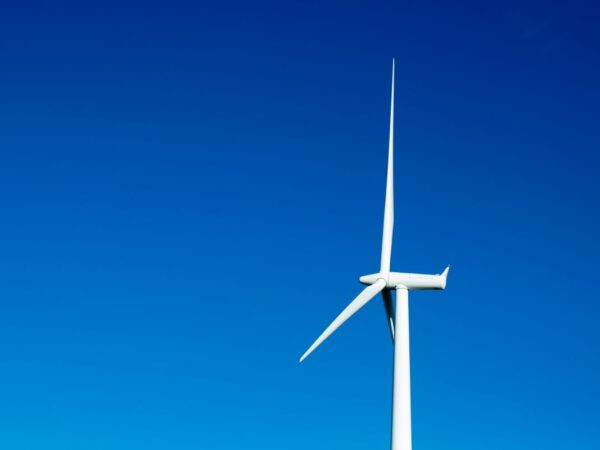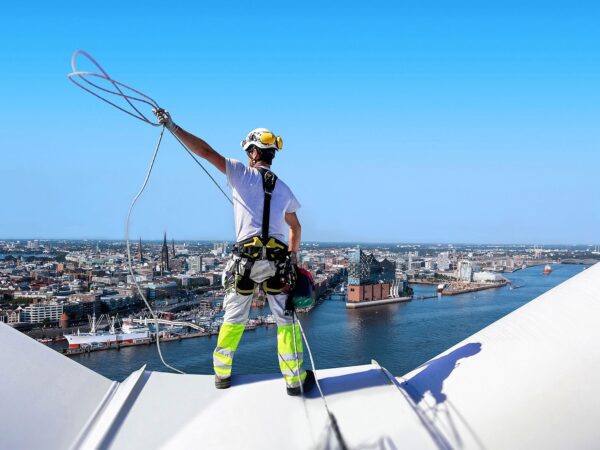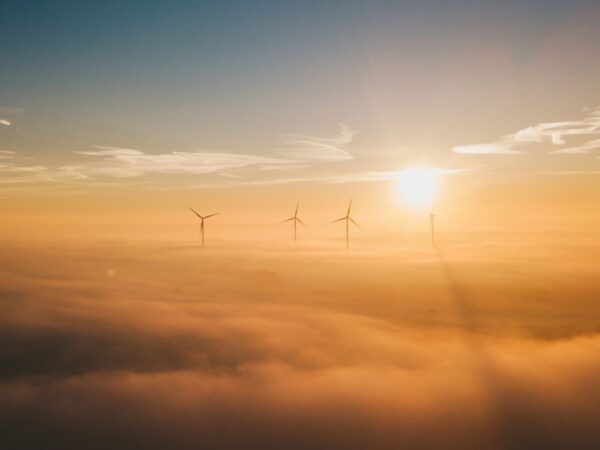
The TORQUE 2024 scientific legacy
During the TORQUE 2024 conference SUDOCO consortium presented several papers.
The TORQUE Conference 2024 in Florence has been a key scientific event on wind power this year. SUDOCO partners presented several scientific papers from the project at the conference. Here is a brief summary of these papers along with links to the full articles.
How do technological choices affect the economic and environmental performance of offshore wind farms?
Designing sustainable wind farms requires considering both economic and environmental impacts beyond just the cost of energy. This study presents a framework to assess these impacts, revealing that technological choices like low specific power, tall towers, and high export cable voltage can improve overall performance, with significant environmental effects stemming from steel production and vessel activities.
Authors: S. Kainz, A. Guillore, and C. L. Bottasso
A control-oriented load surrogate model based on sector-averaged inflow quantities: capturing damage for unwaked, waked, wake-steering and curtailed wind turbines
This paper introduces a load surrogate model to estimate wind turbine damage equivalent loads (DELs) based on local inflow and control parameters, without depending on turbine position. Despite its simplification, the model effectively predicts DELs by using sector-averaged wind speeds, turbulence intensities, rotor speed, pitch angle, and yaw misalignment. Validated through simulation, it accurately forecasts fatigue loads for various wind farm configurations, including wake steering and induction control scenarios.
Authors: A. Guillore, F. Campagnolo, and C. L. Bottasso
Profit-optimal data-driven operation of a hybrid power plant participating in energy markets
An energy management system (EMS) for a hybrid power plant (HPP) combining wind power and battery storage improves power forecasts and market bidding using SCADA measurements and numerical weather prediction data. It adapts a wake model for accurate wind power generation and minimizes battery damage costs against bidding revenue. The EMS ensures optimal set-point tracking and significantly reduces power deviation penalties, leading to higher profits compared to industry standards.
Authors: A. Anand, J. Petzschmann, K. Strecker, R. Braunbehrens, A. Kaifel, and C. L. Bottasso
First experimental results on lifetime-aware wind farm control
This study details a lifetime-aware wind farm control (WFC) approach aiming to maximize profit while ensuring desired turbine lifetimes by integrating fatigue damage cost models and constraints. Using yaw-induced wake steering and estimators, the method was tested with model turbines in a wind tunnel simulating dynamic wind direction. Compared to conventional methods, this strategy enhances the farm’s economic performance.
Authors: R. Braunbehrens, A. Anand, F. Campagnolo, and C. L. Bottasso
Machine learning to rapidly predict turbine yaw angles for wake steering
This paper presents a machine learning model that predicts turbine yaw angles based on their position and inflow wind speed to enhance wake steering and power production in wind farms. The model achieves an R² value of 0.98 and produces power outputs comparable to directly optimized yaw angles, facilitating the simultaneous optimization of wind farm layout and yaw control for improved performance
Authors: A. P. J. Stanley, T. Mulder, B. Doekemeijer, and J. Kreeft
Evaluating the potential of wake steering co-design for wind farm layout optimization through a tailored genetic algorithm
This study introduces a genetic algorithm (LO-GA) for optimizing wind farm layouts considering wake steering effects. By predicting geometric yaw angles based on turbine positions, the method shows annual energy production gains of 0.3-0.4% for a 16-turbine farm, increasing to 0.6% for larger farms. Benefits decrease with lower power density or highly unidirectional wind resources. A multi-objective co-design approach ensures at least a 0.3% gain while limiting losses below 0.1% if wake steering isn’t applied.
Authors: M. Baricchio, P. M. O. Gebraad, and J.-W. van Wingerden
Surrogate-based modeling and sensitivity analysis of future European electricity spot market prices
This study introduces a new methodology to identify which cost assumptions significantly impact a detailed model of the European energy system. Using multiple-output support vector regression to predict electricity price timeseries, the study finds that solar and wind costs primarily influence prices, while natural gas costs mainly affect peak prices and long-term forecasts.
Authors: J. Quick, J. P. M. Leon, P. Kanellas, S. Yamujala, K. Das, and M. J. Koivisto
Image credits: Sander Weeteling on Unsplash



